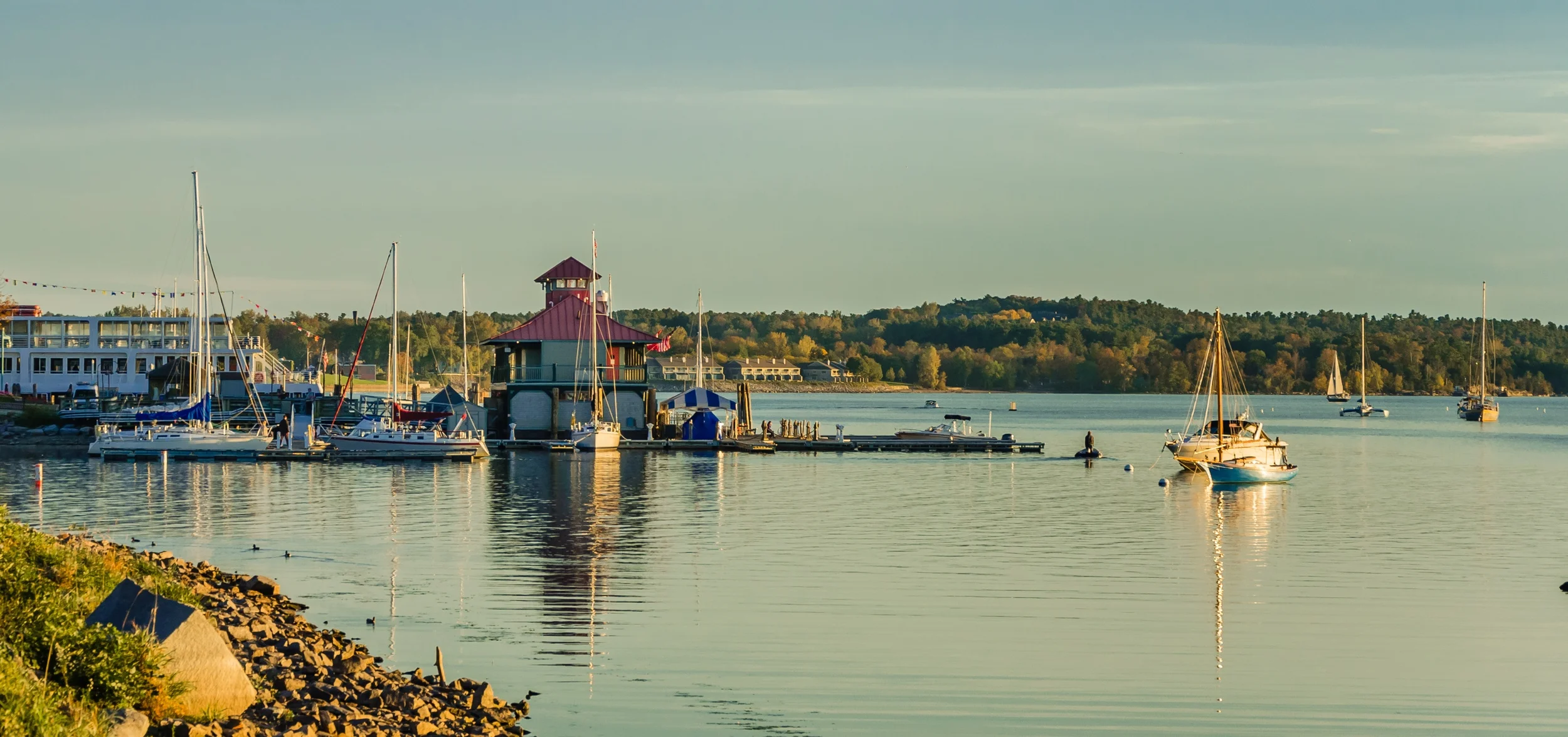Barn Conversions and Fire Alarm Systems - Cookie Cutter Does Not Apply
/Assembly venues are no longer limited to beaches, hotels, and wineries.. Popping up all over New England and some mid-western states you will find creative farm properties turning that dank, 100+ year old cow/hay barn into a romantically lit haven which can host crowds boasting 500+ people.
Having visited several in our humble New England state of Vermont, I am immediately swept up in the blood, sweat, and tears that three to eight generation farm and property owners have put forth into turning a humble wooden structure into a glorious sanctuary for couples taking their vows as man and wife, or a group of joyous individuals celebrating a young boy at his Bah Mitzvah.
What these patrons of a once in a lifetime experience don’t pay mind to on these special occasions are the whispers, heated conversations, collaborations of code, and frustrations that live within the little and often ignored life-saving devices that pepper buildings. These little “secret keepers” exist in most structures in not only the united states, but in the world-- they are life and property saving devices attached to those taken-for-granite fire alarms and commercial sprinkler systems.
Because it is my livelihood, the first thing I look at when I walk into any commercial building is if it is protected by a fire alarm. The next thing I look at is if the building is “sprinkled”. This of course, is after I have determined where all means of egress (exits) are. It’s my job. It’s what I live, sleep, and breathe. I’m not typically invited to parties, because I’m the boring individual whom tries to get people excited about fire safety and let’s face it-- a horn strobe candela rating just isn’t a hot topic. What is a hot topic though, is that newly renovated barn that was given a several-thousand dollar face-lift which turned from a ripe-smelling, cow-palace into a trendy dance hall that such-and-such is renting and getting married at this August. THAT is what people want to talk about! And do I blame them? Not at all.
I have a great job. I get to interact with the very people who have put forth their life savings and by their own hand have turned another old, wooden structure on the side of a New England road into a work of art. On the other end of that spectrum I get to collaborate and share ideas with the hard-working, often volunteer-based fire fighters who have no problem waking up at 2am to get into their own personal vehicle in a snowstorm to respond to whatever came through-- a four-alarm fire to an anxiety attack.
It is my personal honor and pleasure of understanding where all of these salt of the earth people are coming from, but with this middle ground I carry a heavy burden of finding the right way to bridge the gap between the rightfully frustrated end-user/property owner and us fire professionals which see things as black and white code, which was written as the backbone of the “whys”.
I had the pleasure of speaking with and touring long time Vermonter Jon Lang’s, property. Jon, was one of the first property owners mandated to put a sprinkler system and fully functional fire alarm system in place at his venue. “The occupancy is 299, because anything over that would require the big horns to be in place,” he lamented.
What Jon, is referring to is the NFPA 101 life safety code requiring places of assembly to have voice evacuation systems in place for any occupancies over 300. A code and term Mr. Lang, became very familiar with during his rendezvous with the AHJ. “I want it to be a level playing field. If I was mandated to put in sprinklers and a fire system to operate, every barn should have to do the same.”
I was amazed at the sprawling property Mr. Lang, clearly loves and his whole life is put into this. Every tree as far as my eyes could see, he grew with love from a seedling. That is something few (if any) can say they have done. His property was lush and alive with beauty and something special in every corner. He told me about the hand-sanded beams and the 32 foot lift required to do the work. Anyone walking into this property would be swept away in awe.
Understanding his passion is simple and clearcut. He has done everything correct in complying with what he needed to do to operate properly and keep his patrons and his property safe. What Mr. Lang, doesn’t understand is why every barn doesn’t have to go through the rigorous processes he did.
Determined to continue on my “Quest for Fire”, (no pun intended), I reached out to Executive Director of the VT Division of Fire Safety Michael Desrochers, and I could immediately empathize with his position. After speaking with him for several minutes I was able to decipher how much passion he has for life safety and also wants to do right by the situation. Mr. Desrochers, has a lot of people to respond to and every barn is different:
“Many more factors are reviewed and considered prior to making a determination on what safety features will be required. We have resorted to variance requests in order to address unique circumstances. These are just a few factors we look at:
- Location of the occupants- is the dance hall located on the second or third floor?
- What is the travel distance for occupants to get outside?
- Is the barn being used for storage of hay or large quantities of combustible material (heavy fuel load)Are there other uses in the building (retail space)?
- Are the dances or wedding or events held during the day or at night?
- Is there electrical power to the building?
- What is the exit arrangement?
- Is the building a historic building?
- Is there a major renovation involved in the project?
- Is there an addition planned?”
We have a number of these barns throughout Vermont that have been protected with automatic sprinkler protection based on the frequency of use, number of occupants, hazard protection, location of occupants etc”, Mr. Desrochers, contributed.
Another factor is whether or not the barn is heated. This makes electronic equipment very susceptible to failure in the cold climates. They don’t make a fire alarm panel that can operate in below freezing temps. Some of these barns are only operational and open during the warm spring/summer/fall months. Puting in a permanent heating system for a seasonal structure is costly.
So, how does one organization become the one-stop-shop support system for what is becoming my new party “hot topic”? Business owners and property owners are the inquiring minds at the forefront of this question. I, along with other professionals in the industry will be eager to assist those who will be moving forward with their dreams of having their often historical piece of property adequately protected from loss of life. It’s important to remember we are all in this together to keep the people who live in and visit our state safe and that means opening our minds and ears to a positive and thoughtful collaboration of ideas. Vermont, will become well known as the pioneer for what could end up being a code change and assist exponentially in finding a standard for barn conversions in the United States.
For more information on how Green Mountain Alarm can assist you with your Fire Alarm System Design and Installation for your Barn Conversion project visit our website.
Jessica L. Shaw-Carpenter
President
Green Mountain Alarm




